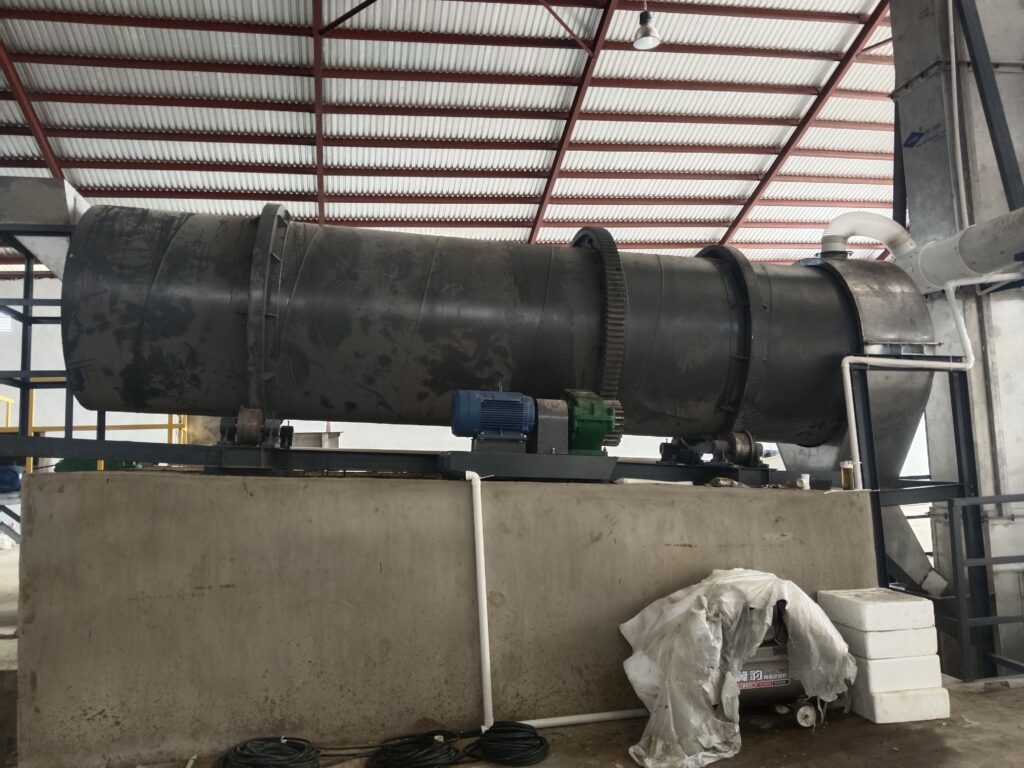Ensuring a Smooth Rotary Drum Installation: Your Comprehensive Guide
Ensuring a Smooth Rotary Drum Installation: Your Comprehensive Guide
Installing a rotary drum is a critical step in many industrial processes, from mining and manufacturing to agriculture and chemical fertilizer production. Ensuring a smooth installation is vital for the longevity and efficiency of the equipment. Here’s a comprehensive guide to help you achieve a seamless rotary drum installation.
1. Pre-Installation Planning
Site Preparation: Before the rotary drum arrives, ensure that the installation site is adequately prepared. This includes a thorough site survey, leveling the ground, and ensuring that the foundation is robust enough to support the weight and operational dynamics of the drum.
Equipment Check: Verify that all the necessary components, including the drum, drive assembly, bearings, and any ancillary equipment, are present and in good condition. Any missing or damaged parts can cause significant delays.
2. Skilled Workforce
Experienced Technicians: Assemble a team of skilled technicians who have experience with rotary drum installations. Their expertise is invaluable in anticipating and mitigating potential challenges.
Training: If your team is not familiar with the specific model of the rotary drum, arrange for training sessions. Manufacturers often provide on-site training or detailed manuals that can be beneficial.
3. Precision Alignment
Foundation Alignment: Ensure the foundation is perfectly aligned. Even minor misalignments can cause operational inefficiencies and premature wear and tear.
Laser Alignment Tools: Utilize laser alignment tools to achieve precise alignment of the rotary drum with the drive assembly. This technology ensures higher accuracy compared to traditional methods.
4. Proper Lubrication
Lubrication System: Implement a proper lubrication system to reduce friction and wear. Regular lubrication is essential for the smooth operation of bearings and gears.
Quality Lubricants: Use high-quality lubricants that meet the manufacturer’s specifications. Inferior lubricants can lead to increased maintenance costs and potential downtime.
5. Gradual Start-Up
Initial Testing: Before full-scale operation, conduct initial testing to ensure all components are functioning correctly. This includes checking the drum rotation, drive system, and any automated controls.
Gradual Ramp-Up: Begin with a gradual ramp-up of the rotary drum to allow all parts to settle and adjust. Monitor the equipment closely for any unusual noises or vibrations.
6. Regular Maintenance
Scheduled Inspections: Establish a regular maintenance schedule to inspect the rotary drum and its components. Early detection of wear and tear can prevent costly breakdowns.
Component Replacement: Keep an inventory of critical spare parts to ensure quick replacements when necessary. Timely replacement of worn-out components extends the life of the rotary drum.
7. Documentation and Support
Detailed Records: Maintain detailed records of the installation process, including alignment settings, lubricant types, and maintenance schedules. These records are invaluable for troubleshooting and future reference.
Manufacturer Support: Stay in touch with the manufacturer for ongoing support. They can provide updates on best practices, new technologies, and any recalls or modifications that might be necessary.
A smooth rotary drum installation is essential for maximizing operational efficiency and equipment longevity. By focusing on meticulous planning, skilled labor, precision alignment, proper lubrication, gradual start-up, regular maintenance, and thorough documentation, you can ensure a successful installation. Investing time and resources in these areas will pay off in reduced downtime, lower maintenance costs, and enhanced productivity.
For expert assistance and high-quality rotary drums, [Your Company Name] is your trusted partner. Contact us today to learn more about our comprehensive installation services and top-of-the-line equipment.
